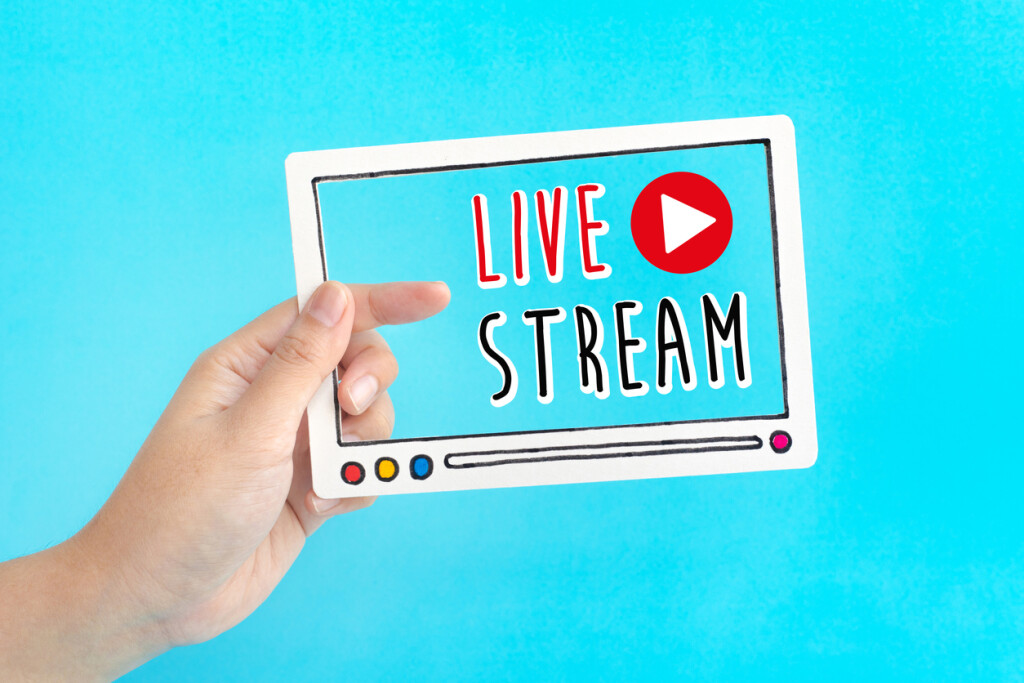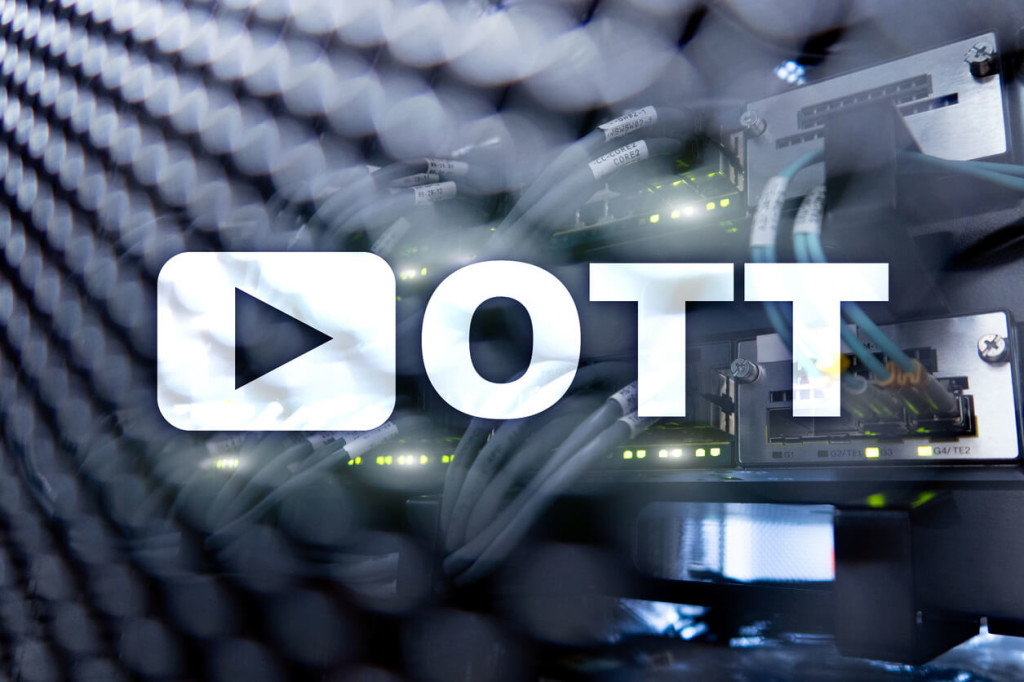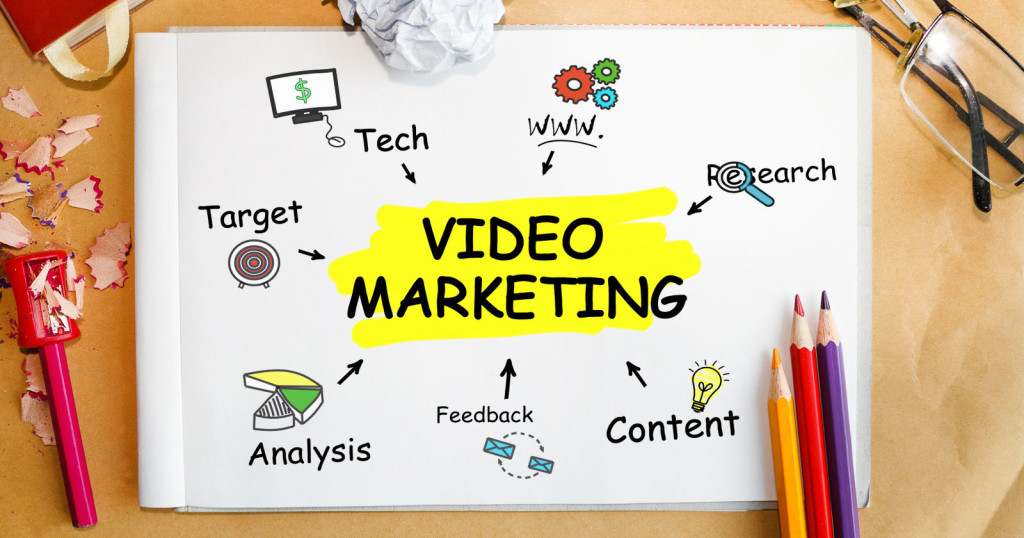How to Develop a Live Streaming Strategy to Grow Your Business
Video content is more important than ever before for brands looking to catch the attention of potential customers from their competition.
But for brands to really stand out, it’s essential they go beyond the tried-and-true pre-recorded videos. Instead, more marketers are turning toward live streaming to help give their brands an edge with viewers. With a variety of tools at their disposal, 28 percent of marketers surveyed said they planned to invest more time, money, and resources into producing live streaming content in 2020.
With more than a quarter of brands saying they planned to boost their online video content, it’s become more important than ever for brands to take live streaming strategy seriously.
Instead of just taking shots in the dark when creating live video content for your brand, taking the time to think through how that content fits into your larger video content catalog, as well as how you can most strategically use live streaming to reach your business goals, is key to not wasting your time and money.
Table of Contents
- Why Video is More Important Than Ever
- 4 Different Types of Video Content
- Branded Video Content
- Live Streaming Video Content
- Video on Demand
- Over-the-Top Video
- What is Live Video Marketing?
- Why a Content Strategy is Important for Video Marketing
- What is a Live Streaming Strategy
- How to Create a Live Streaming Strategy
- What is the Key Strategy for Distributing Your Video Content?
- Options for Distributing Live Content
- Live Streaming
- Video on Demand
- Conclusion
Why Video is More Important Than Ever

Increasingly, users are making video content a key factor in their impressions of and the likelihood they’ll buy from a particular brand.
According to predictions by Cisco, global video traffic will make up about 80 percent of all consumer internet traffic by 2021. That’s a lot of opportunities to build your brand’s audience at all levels of the sales funnel — awareness, consideration, and action.
But whether or not brands use video isn’t just about how much video content they create; it’s also about the quality of the video created.
Putting up a grainy, poor-quality live stream just to say you’ve done it, without any consideration as to how that video fits into the rest of the content your brand creates, can do much more harm than good. High-quality live streaming video — not over-produced content — that serves a clear purpose in your brands overall messaging is going to get many more watches, shares, and reactions than the content you just throw in because you feel you need to.
4 Different Types of Video Content
A well-rounded branded video strategy isn’t reliant upon one type of content over another; instead, your overall video strategy needs to include each of the four main types of content, with a clear strategy for each type.
The four main types of video content all brands need to consider are:
- Branded video content
- Live streaming video content
- Video on demand
- Over-the-top video
Each type of video content serves a unique purpose, and understanding the differences between the types is key to building the right video strategy.
1. Branded Video Content
The phrase “branded video content” may feel as if it can encompass all video content put out by brands, that’s not exactly the case.
Branded video content, instead, is the content that’s specifically meant to be used to sell your company’s offerings or instruct employees. This type of content includes things such as company explainer videos, how-to instructional videos, and employee training videos.
Depending on how much content you have in this area, your videos may be hosted on an internal server, or they can be hosted externally on a professional video server.
This type of content typically is carefully planned and heavily edited, presenting a polished, finished video to your audience.
2. Live Streaming Video Content

Live streaming content is distributed and viewed as it’s made. This type of content can include live event coverage, podcast streams, and short videos posted to platforms such as Instagram.
Creating a live streaming video doesn’t have to be a complicated undertaking. Sometimes, the content you present will be more organized and planned, such as when you live stream a conference or other virtual event.
Other times, however, live streaming is spontaneous and unpolished, presenting a more “real” or immediate picture to your audience.
Because of the nature of live streaming, which requires a large amount of bandwidth to send the video out to viewers, live streaming video utilizes a professional server.
3. Video on Demand
Video on demand, or VOD, can be used to distribute both planned, edited videos as well as recorded live videos. This model allows your users to access any piece of content they want at any time.
VOD content can be distributed via satellite or cable connection and is available at any time, day or night. This type of content is typically associated with pay-per-view video services, but can also apply to subscription-based video distribution models.
Live streamed content, however, cannot, by definition, be considered VOD content. In order for a user to catch content that is live, they must watch it as it is created. That content can be captured and recorded for later VOD release.
4. Over-the-Top Video

Like VOD, over-the-top video (OTT) allows viewers access to video content at any time they want to view it.
Unlike VOD, however, OTT requires the use of an internet connection. You still get access to pre-recorded content whenever you want it, but the means of getting that content is different than VOD.
Many people consider OTT content to also be VOD because viewers are able to see video whenever they want it, but the means of distribution between VOD and OTT differ.
Streaming services such as YouTube and Netflix are OTT providers, as are company websites that allow users to view a library of videos at their leisure.
What is Live Video Marketing?
Live video marketing is a form of content marketing that focuses on the creation, distribution, and promotion of live video content and how that content can support business goals.
Like all marketing efforts, live video marketing doesn’t happen in a vacuum. To be effective, you must have an idea of the types of live content you want to create, when and how you’ll distribute them and how those pieces of content fit into your overall marketing strategy.
Why a Content Strategy is Important for Video Marketing

Marketing a business online requires a careful, data-driven strategy when it comes to the content you create and use to promote your brand.
Without a strategy for your video marketing, you will expend a great deal of time, energy, and money producing content that your viewers may never watch or that actually do more harm to your efforts than good.
Think of your video marketing content strategy like the map you take on a road trip: You have clear start and endpoints, and you create a guide for how to get there, but you’re also flexible enough to adapt your itinerary as the mood arises.
Your business’s video marketing content strategy is what you’ll use to get you from your starting point — where your business is now — to your final destination — where you want your business to be in the future.
Each step of your video content marketing strategy is a waypoint along that journey, as you create and release a new video. But, your strategy has to be flexible enough that you can adapt it, adding, deleting, and moving video plans around, as the need arises.
What is a Live Streaming Strategy?
A live streaming strategy is the portion of your video content marketing strategy where you create the roadmap for your business’s live streamed content.
How to Create a Live Streaming Strategy

The way your live streaming strategy begins is with the end: Determine where you want your video content to take your business, and how you’ll measure your success at reaching that goal.
Perhaps you want your online courses to have more paid students. Or, you’d like to bring in more weekly viewers to your worship service, and you’ll measure that by the number of people who watch your live streaming Sunday service. Maybe, you want to increase the number of people who sign up for a consultation appointment to discuss your business’s high-end software product.
Once you understand the goals you have for your live streaming strategy, you need to create the overall plan for the videos you’ll create, when you will create them and how you will distribute and promote that content.
This strategy should include longer, more planned pieces of live streamed content such as live events, conferences, and podcasts, as well as shorter pieces such as contest draws, interviews, and other content. Each piece of content also needs plans for who will create it, how it will be promoted, whether it will be recorded for later on-demand streaming, and how the stream’s success will be measured.
When crafting your live streaming strategy, it’s important to remember that you need to create content that reaches people at all stages of the buyer’s journey for maximum effect.
For those who don’t already know much about what you have to offer, content that introduces your brand and what you do is crucial to your strategy. Viewers in the consideration phase who may know your brand or know the solution you provide need help understanding why they should choose you, so content that answers key questions, shows off your brand personality, and highlights the differences between your company and your competition. And for those who are in the process of making a final decision, sales-oriented content and content that shows them exactly what they can expect from working with you is key.
No matter how intense or bare-bones your overall live streaming strategy is, the key is to keep your overarching business goals in mind. As long as the content you create helps move you toward those goals, you can’t go too wrong.
Options for Distributing Live Content

Choosing the most effective method for distributing your live content is essential to execute your strategy effectively.
Live Streaming
The first method for distributing your live content is to live stream it. This option gives the video to your audience as it’s made, without editing or polishing.
Live content can be longer, more complicated pieces such as lectures, worship services, and question-and-answer sessions, or shorter pieces such as quick announcements and short tutorials.
The platform you choose to use when distributing your live streamed content largely depends on its length and its purpose within your content strategy.
For the shorter pieces of live streamed content, especially those designed to draw in new followers or entice people to make a purchase within a short period of time, platforms such as IGTV and Facebook Live may be better suited.
Longer live streams require more bandwidth than some of the free platforms allow, meaning professional live streaming platforms may be a necessity.
Video on Demand
If you want your live streamed content to be available to be played on an OTT platform, you will need the means to record the content as you live stream it.
For this, you will likely need some sort of professional capture and storage platform that can simultaneously live stream and record your content.
Public vs. Professional Live Streaming Tools: Which Is Better?

Because live streaming has become a much more popular method of content distribution, there are a variety of tools available to content creators.
These tools fall into two categories: public and professional.
Each type of live streaming platform comes with its own benefits and drawbacks, and the method you choose to distribute your content may vary even depending on the type of content you’re streaming.
Public Live Streaming Platforms
Publicly available live streaming platforms, including IGTV and Facebook Live (for shorter content pieces) and YouTube and Twitch (for longer live streams), are widely used by brands and individual creators across the globe.
These tools are generally easy to use, with very low learning curves. This makes them attractive to users who are new to live streaming.
However, what these types of platforms offer in ease of use and low cost, they lack in overall control of the content.
When a user uploads a video to Twitch, for example, that content no longer belongs to that user. Instead, it belongs to the platform.
That means the platform and its algorithms determine how that content is promoted, how it is monetized, and even whether or not it is accessible after certain periods of time.
When you include live streaming as part of your overall business growth plan, being able to control the content you share, as well as how you make money from that content, is important. Giving up control to another company means you miss out on something in the exchange.
These public platforms are best suited for:
- Businesses that don’t have any budget to give to live streaming
- Creators who only want to make short videos that don’t require a lot of bandwidth
- Companies that aren’t concerned with preserving their video content for future release
Professional Live Streaming Platforms

On the opposite end of the spectrum are professional live streaming platforms.
These platforms can range from easy to use and simplistic to feature-rich and complicated, and everything in between. They also cost money to purchase or gain access to, making them less accessible to small creators and startups than the public tools.
Professional live streaming platforms offer more bandwidth than many of the public options, allowing for longer live streams suitable for creators who want to stream events and lectures. Additionally, many professional platforms provide the option of recording a live stream, giving you the ability to preserve your live streaming content and offer it to viewers on demand through other means.
Choosing a professional platform that offers white-label capability also means that you retain control over your content and how you make money off it.
If you want to save your content and distribute it on your website, charging money for every view, you can do that with a professional platform. This means that content creators and brands have much more control over how the content they create is used and, ultimately, more control over their business’s success.
Professional streaming platforms are best suited for:
- Brands that have the budget to allot to live streaming and video hosting
- Companies that want extra features and tools to accompany their live streams
- Creators who want to be able to save their streamed video content for later
- Brands that routinely create long-form video content, including educational institutions, places of worship, and live event broadcasts
- Businesses who want control over how their content is stored, viewed, distributed, and monetized
Conclusion

With live video streaming on the rise — growing by more than 72 percent from the first quarter of 2018 to the first quarter of 2019 — it’s more important than ever for brands looking to break through to begin looking for ways to make live streaming work for them.
With the creation of a careful, calculated live video marketing strategy, businesses can go from clueless about live streaming to making the exclusivity and excitement of live video work for them. By taking the time to plan a live video marketing strategy, including the types of videos to be created, how they’re to be promoted, the right platform for distribution, and a connection to the brand’s overall business goals, live streaming can help skyrocket your brand.
And with feature-rich, affordable Dacast, named Best Small/Medium Business Platform by the 2019 Streaming Media Readers’ Choice Awards, you get complete control over your content, the ability to record live video for on-demand use, and more, all free for 14 days.
Ready to get started? You won’t have to sign a long-term contract or give us your credit card number to start your trial.
Still have questions about live streaming strategy, Dacast as a streaming provider, or online video in general? Feel free to contact us, or drop us a line in the comments below. We will get back to you.
And for live streaming tips and exclusive offers, you’re invited to join our LinkedIn group.
Thanks for reading!
 Stream
Stream Connect
Connect Manage
Manage Measure
Measure Events
Events Business
Business Organizations
Organizations Entertainment and Media
Entertainment and Media API
API Tools
Tools Learning Center
Learning Center Support
Support Support Articles
Support Articles